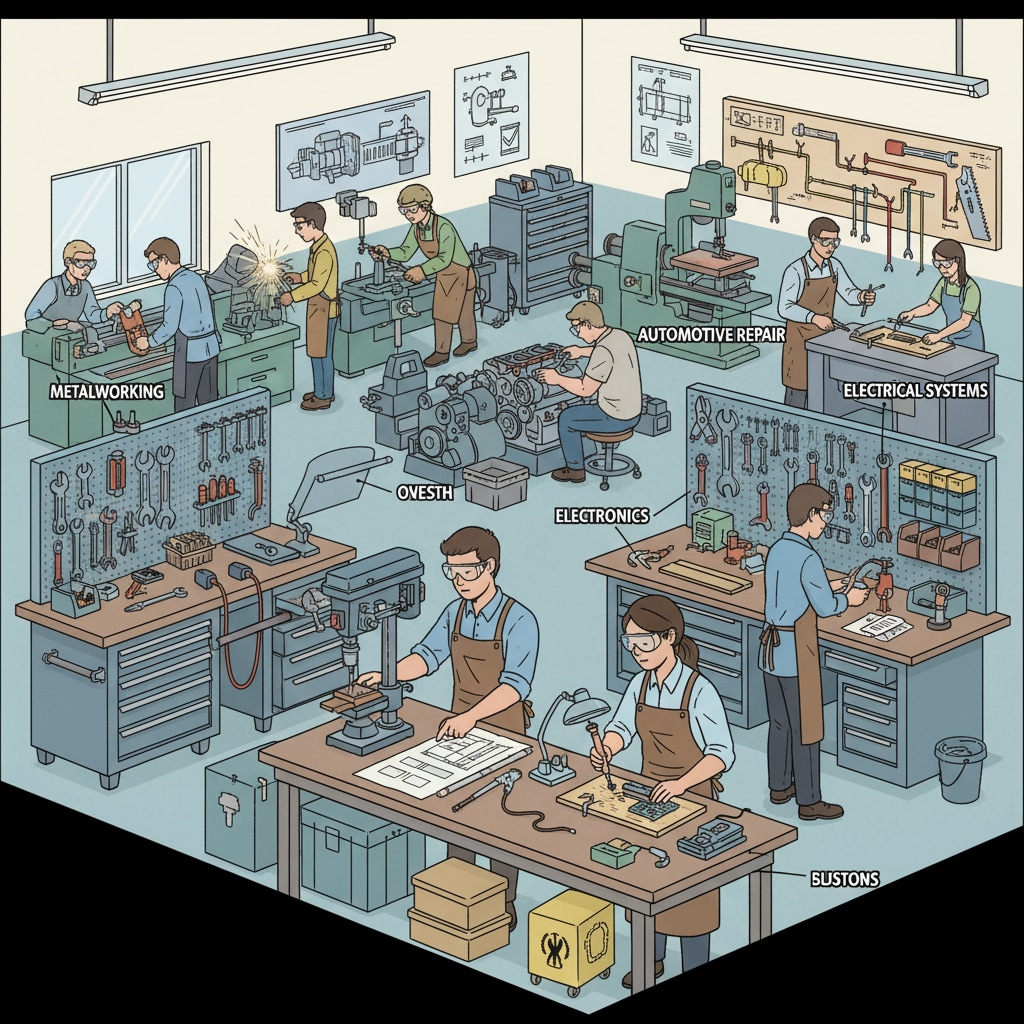When considering higher education, return on investment, vocational training, and employment prospects, it’s essential to reevaluate our traditional views. In today’s society, there is often a strong emphasis on obtaining a university degree. However, is this the best path for every student in terms of investment and future career?

The Allure of Higher Education
Higher education has long been regarded as a ticket to a better future. For decades, parents and students alike have strived for university admissions. A university degree is often associated with higher social status, better job opportunities, and potentially higher salaries. According to data from the National Center for Education Statistics, the median earnings of bachelor’s degree holders are generally higher than those with only a high school diploma.
Universities offer a broad range of academic programs, allowing students to explore various fields of knowledge. They also provide an environment for personal growth, cultural exchange, and the development of critical thinking skills. However, the cost of higher education has been skyrocketing in recent years.
The Rising Costs of Higher Education
The financial burden of attending a university is significant. Tuition fees, accommodation, textbooks, and living expenses can add up to a substantial amount. Many students end up taking on large student loans to finance their education. For example, in the United States, the total student loan debt has reached an alarming level, with many graduates struggling to pay off their loans for years after graduation.
This high cost raises questions about the return on investment. While a university degree may lead to higher earnings in the long run, it takes time for graduates to recoup their investment. In addition, the job market is highly competitive, and not all degree holders are guaranteed well-paying jobs immediately after graduation.

The Appeal of Vocational Training
On the other hand, vocational training offers a different route. Vocational training focuses on developing practical skills that are directly applicable to specific occupations. Fields such as plumbing, electrical work, carpentry, and healthcare support are in high demand. The Bureau of Labor Statistics projects strong growth in many vocational occupations in the coming years.
Vocational training programs are often shorter and more cost-effective than traditional higher education. Students can enter the workforce earlier and start earning money sooner. Moreover, the skills learned in vocational training are highly specialized, making graduates more competitive in their respective fields.
Employment Prospects for Vocational Training Graduates
Vocational training graduates often enjoy good employment prospects. The demand for skilled workers in blue-collar industries is consistently high. For instance, plumbers and electricians are always needed for construction projects and maintenance work. These occupations typically offer stable incomes and opportunities for career advancement.
Many vocational training programs also have strong industry connections, which can lead to internships and job placements. This practical experience further enhances the employability of graduates. In addition, some vocational careers allow individuals to start their own businesses, providing the potential for greater financial independence.
In conclusion, when looking at higher education, return on investment, vocational training, and employment prospects, it’s clear that there is no one-size-fits-all solution. While higher education has its advantages, it’s important to consider the financial costs and the time it takes to see a return on investment. Vocational training, on the other hand, offers a more immediate and practical path to a rewarding career for many students. We need to encourage a more balanced approach and help students make informed decisions based on their interests, abilities, and long-term goals.
Readability guidance: By using short paragraphs and lists, we can clearly present the key points. Each H2 section provides a summary of the main ideas. We control the proportion of passive voice and long sentences, and add transitional words like ‘however’, ‘therefore’, ‘in addition’, ‘for example’, and ‘as a result’ throughout the article to enhance readability.


